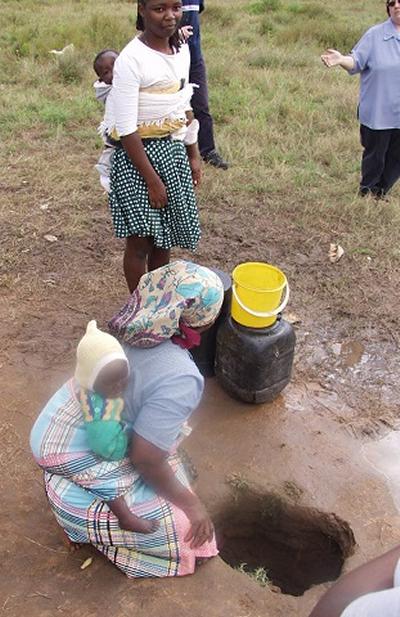
Water quality testing is an integral part of assuring the safety of water supplies, and as such is of vital importance in tackling antimicrobial resistance globally. Despite its importance, laboratory infrastructure, trained staff, and transport resources for drinking-water sampling and testing are insufficient in many low- and middle-income countries.
The transportation of samples for microbiological analysis is particularly problematic for small rural water supplies, because they are often located far from any laboratory, which creates problems of sample deterioration, especially for microbiological testing.
The scale of the logistical challenge in monitoring remote water supplies has to date remained largely unquantified. The research team’s aim was to estimate drinking-water sample transportation and holding times based on the Colombian network of fixed laboratories and through doing so, to develop a GIS-based method that could be used to estimate sample holding times in other countries.
They began by mapping laboratory facilities and the distribution of water supplies in Colombia. Next, they estimated the number of microbiological samples required from these supplies under national regulations and standards. And finally, they estimated the travel times from water supplies to laboratory facilities so as to quantify the scale of the logistical challenge associated with water quality monitoring. Through this analysis they identified areas that are too remote for monitoring via the existing laboratory network.

Future research:-
The approach presented here could be developed further in a variety of respects. Given that sample transportation poses challenges in many other countries, and that the spatial distribution of laboratories and water source types vary between countries (Rahman et al., 2011), the study could be replicated usefully elsewhere.
Rather than focusing on population travel to healthcare facilities, the team examined the logistics and distribution of samples to laboratory facilities and therefore focused on the movement of goods. This approach could be used to examine medical commodities where the cold chain and associated transportation issues are important, such as vaccines and the transport of anti-venoms as suggested by Gutierrez et al. (2009). It could thus be used to support other public health initiatives in remote rural communities.
NAMRIP Member:
Dr Jim Wright Associate Professor in Geographical Information Systems, FSHMS